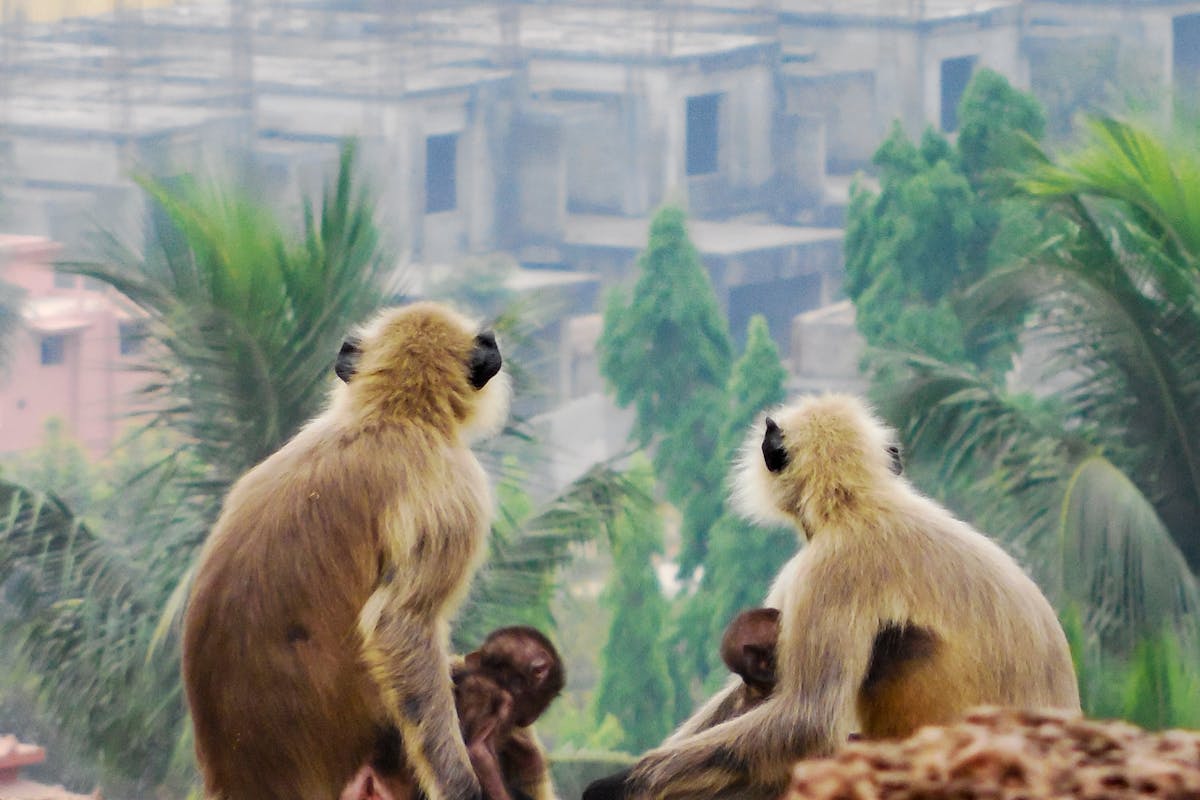- Urban expansion blurs boundaries between human habitats and wildlife, making coexistence necessary for ecological balance and quality of life.
- Urban environments can support diverse species, serve as refuges, and contribute ecologically through pest control, pollination, and nature connections.
- Cities’ Wildlife populations face opportunities and challenges due to food source availability, habitat fragmentation, and urban planning decisions.
- Human-wildlife conflicts include property damage and health risks, necessitating complex management strategies that avoid harming the animals.
- Effective urban wildlife management requires understanding dynamic population changes and meeting the varied needs of different species for coexistence.
In the heart of bustling cities where the cacophony of urban life reigns supreme, there lies an often overlooked chapter of existence — urban wildlife. Contrary to the busy lives of city inhabitants, a diverse range of wildlife navigates the concrete jungle, adapting and thriving in pockets of green and untamed urban landscapes. This cohabitation presents a unique set of challenges and opportunities for humans and wildlife. This blog post aims to shed light on urban wildlife management and explore strategies for peaceful coexistence in our shared urban environments.

Overview of Urban Wildlife Management
Urban wildlife management involves strategies and practices to maintain balanced ecosystems within urban areas. This includes managing populations of native and non-native wildlife species to ensure their survival while mitigating potential negative impacts on human populations and infrastructure. The goal is to foster a harmonious coexistence that benefits both urban dwellers and the wildlife that inhabits these spaces.
Importance of Coexistence Between Humans and Wildlife in Urban Settings
With rapid urban expansion, the boundaries between human settlements and wildlife habitats blur, making coexistence a lofty ideal and a necessity. Urban environments can surprisingly support a rich biodiversity, offering refuge to various species, from small mammals and birds to insects and reptiles. Promoting coexistence is crucial for maintaining ecological balance and enhancing the quality of life in cities, adding value through pest control and pollination, and providing citizens with daily connections to nature.
Challenges of Urban Wildlife Management
Population Dynamics of Urban Wildlife
Urban environments offer both opportunities and obstacles for wildlife. While some species thrive, others struggle to adapt. Urban wildlife populations are influenced by a myriad of factors, including the availability of food sources, habitat fragmentation, and urban planning decisions. Effective urban wildlife management strategies must account for these dynamic population changes and the unique needs of different species.
Human-Wildlife Conflicts
The proximity of wildlife in urban areas can lead to conflicts, ranging from property damage to health concerns. For instance, raccoons overturn trash bins, birds nest in inconvenient locations, or spread zoonotic diseases. Addressing these conflicts in ways that do not harm wildlife is a complex but essential component of urban wildlife management.
Strategies to Mitigate These Conflicts Without Harming Wildlife
The Role of Habitat Modification
Urban development significantly alters natural habitats. However, through thoughtful design, cities can modify landscapes to support wildlife. Examples include:
- Preserving natural water sources.
- Planting native vegetation.
- Providing safe crossing paths for wildlife to reduce road accidents.
Integrating Green Spaces and Wildlife Corridors
Green spaces like parks, community gardens, and green roofs are vital refuges for urban wildlife. Additionally, wildlife corridors help connect fragmented habitats, facilitating movement and genetic exchange between populations. These green infrastructures are crucial for biodiversity conservation in urban areas.
Public Education and Awareness
Educating the public about the benefits of urban wildlife and how to live harmoniously with these creatures is paramount. Awareness campaigns, community programs, and school initiatives can foster appreciation and support for wildlife, encouraging respectful and positive interactions between humans and urban fauna.

Ethical and Humane Wildlife Control Measures
When wildlife conflicts arise, non-lethal management techniques should be prioritized. These may include deterrents, habitat alteration to discourage unwanted wildlife activities, and professional wildlife relocation services. Birds are one of the most common pests in urban areas.
While birds add beauty and vitality to urban environments, certain species can become nuisances, leading to conflicts with humans. Issues such as noise, droppings, and property damage can arise from nesting and roosting habits, especially in densely populated areas. Pigeons, sparrows, and seagulls are frequently identified as urban pests.
Employing humane and ethical solutions is crucial to tackling the challenges posed by avian pests. Professional bird control services offer expertise in non-lethal deterrents and exclusion techniques, ensuring minimal bird harm.
These specialists can implement measures like netting, spikes, and acoustic devices to discourage birds from nesting in certain areas. By consulting professionals, cities and individuals can address bird-related issues while adhering to wildlife protection regulations and ethics.
Legislation and Policy
Effective wildlife management in urban areas requires supportive legislation and policies that recognize the value of biodiversity. Policies that encourage green building practices, protect green spaces, and promote non-lethal wildlife control measures can make significant strides in fostering coexistence.
Conclusion
The symbiosis between urban dwellers and wildlife underscores the broader narrative of our relationship with the planet. By adopting a more inclusive approach to urban planning and community education, we can craft urban environments that welcome all life forms.
The future of urban wildlife management hinges on our ability to develop sustainable coexistence strategies that respect human needs and our wild neighbours’ intrinsic value. Through thoughtful engagement and collective action, we can ensure that our cities remain vibrant ecosystems where humans and wildlife flourish.





